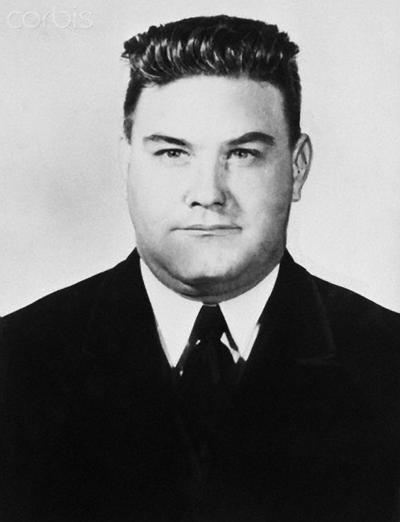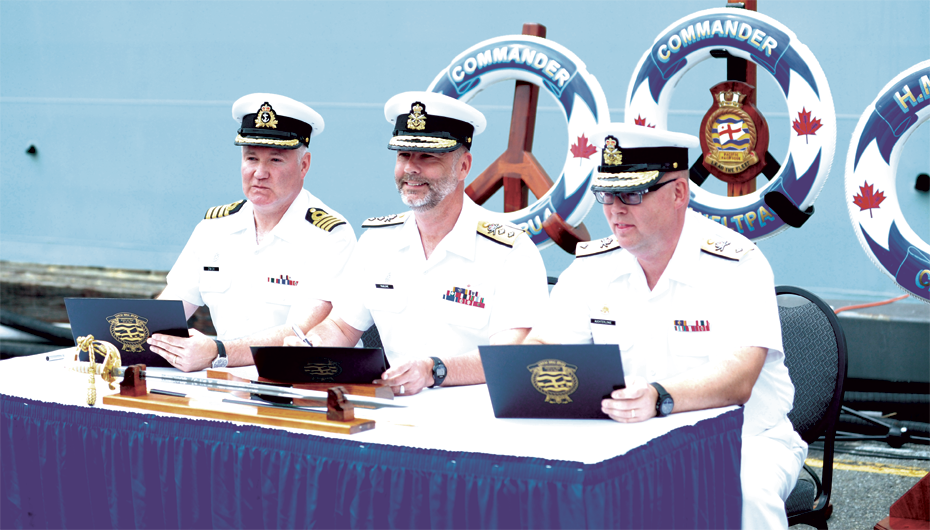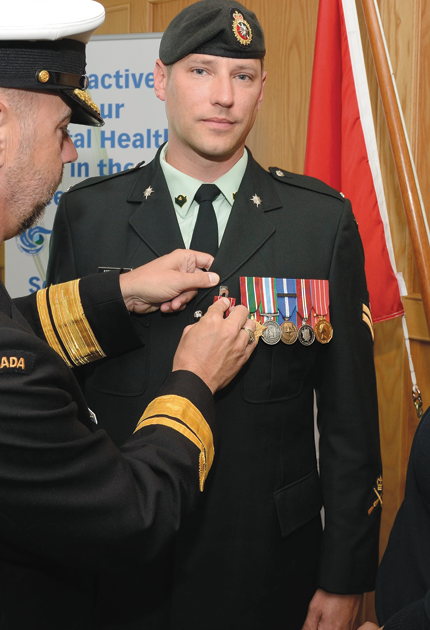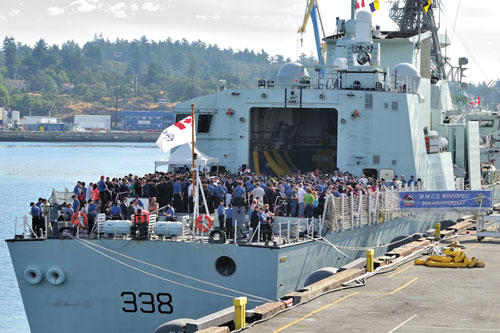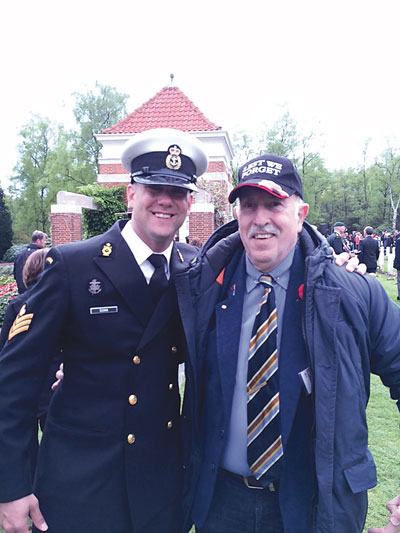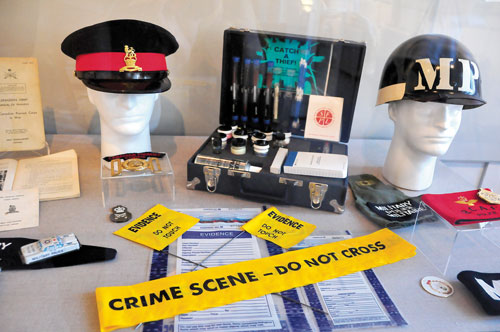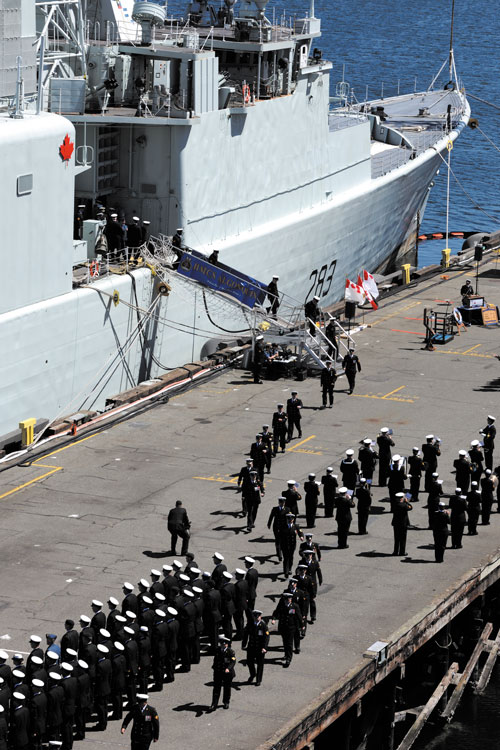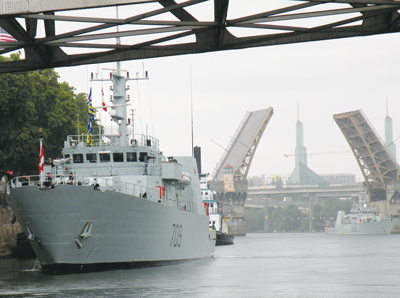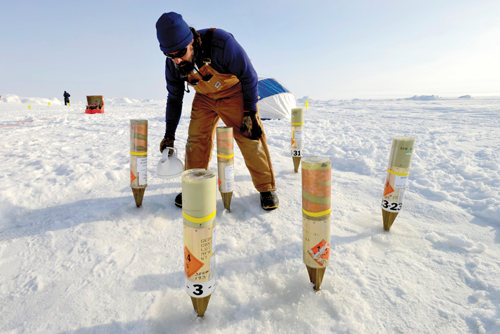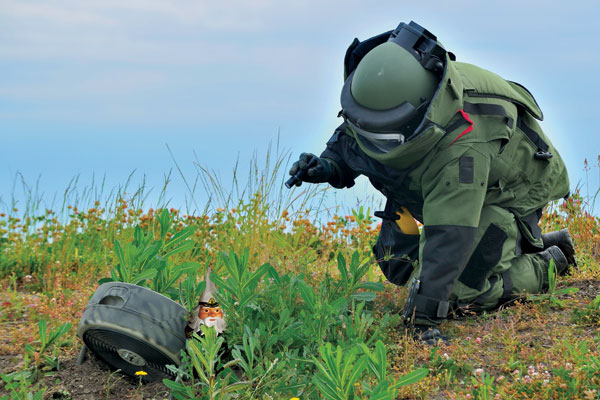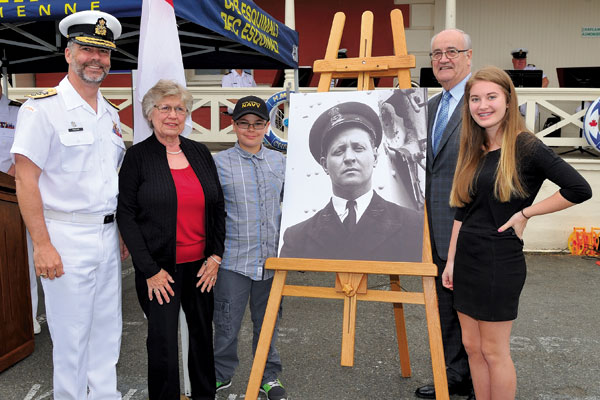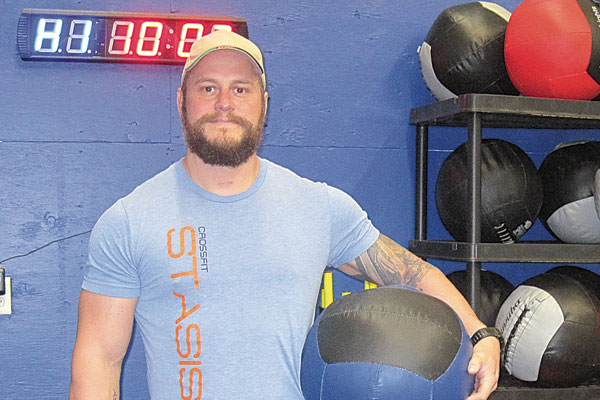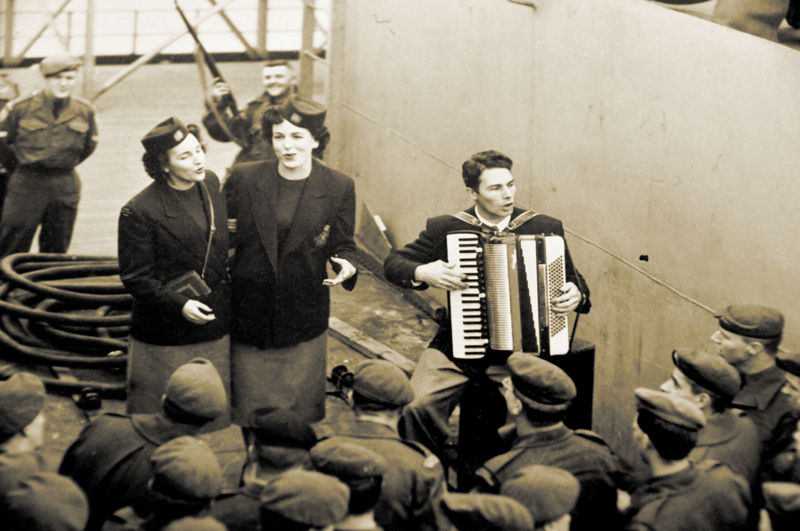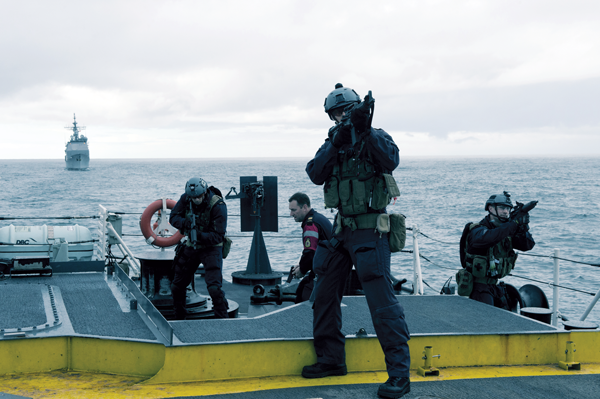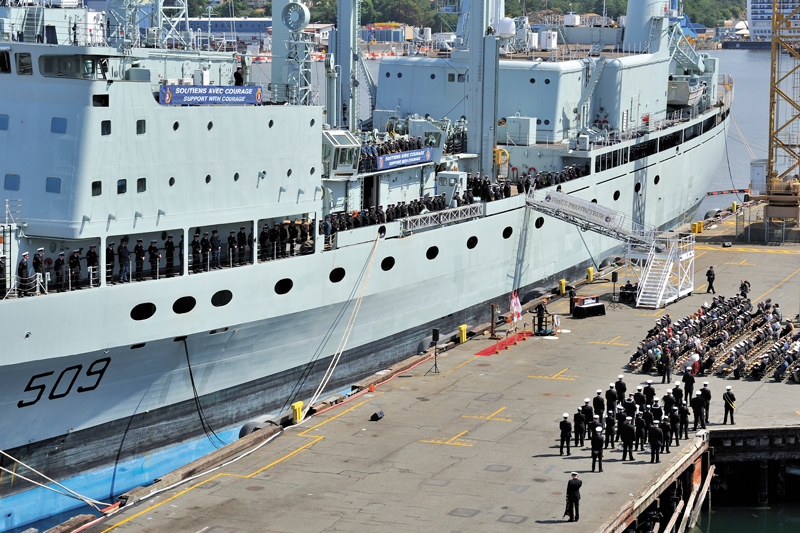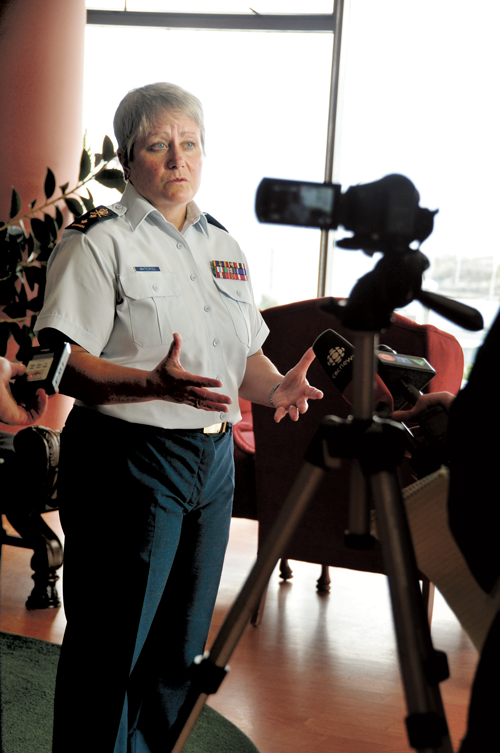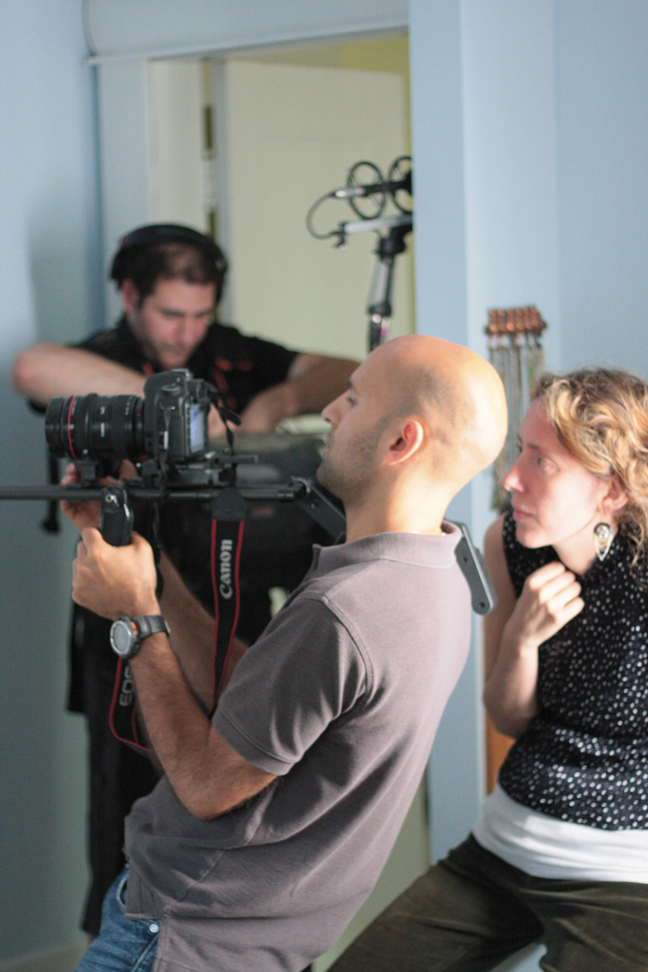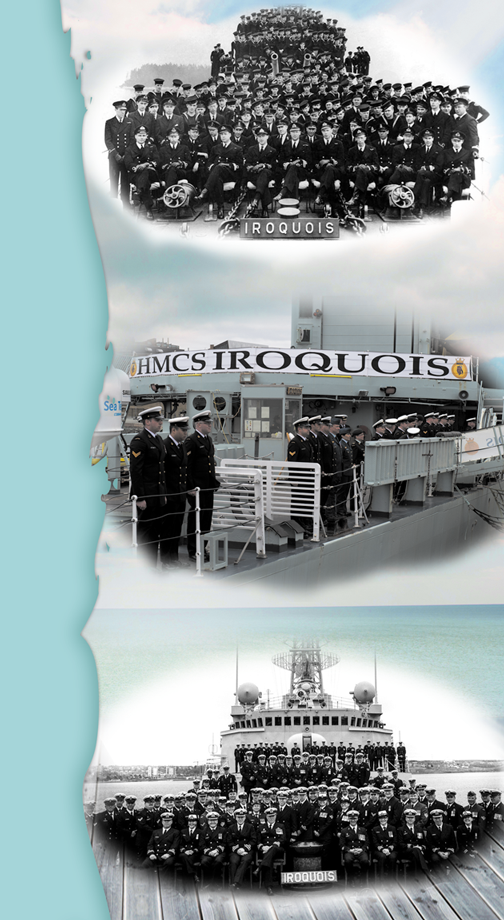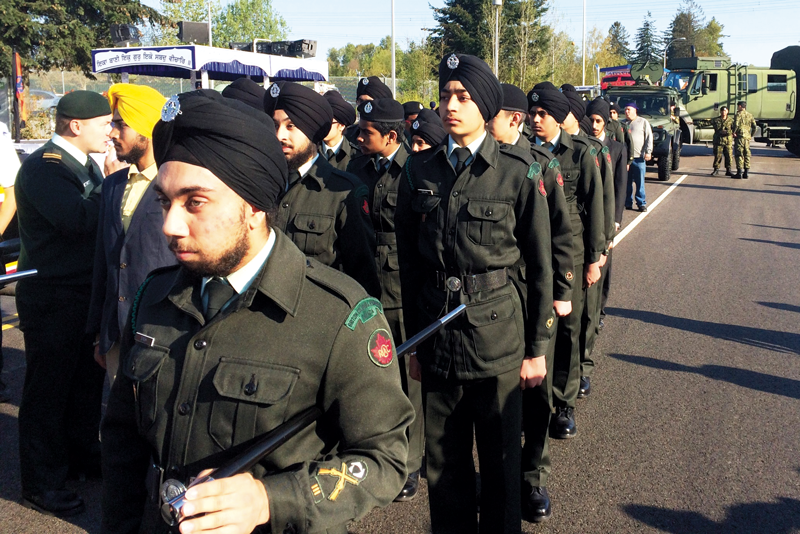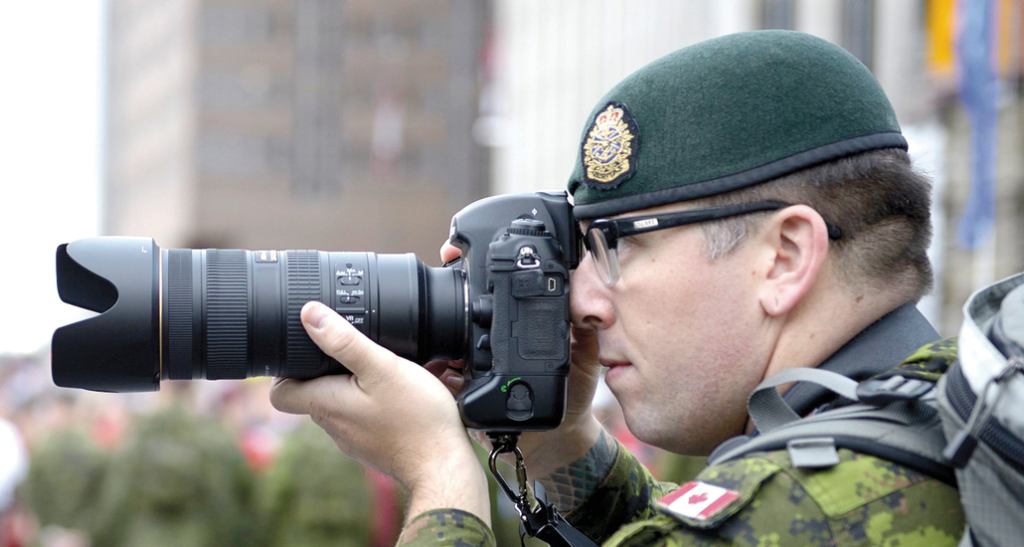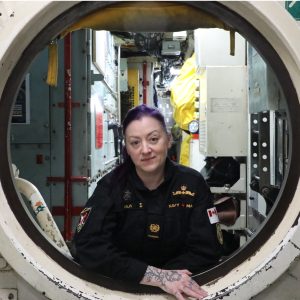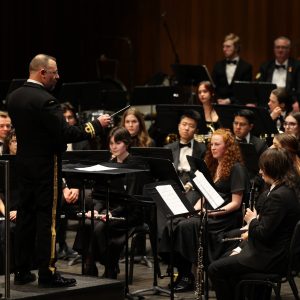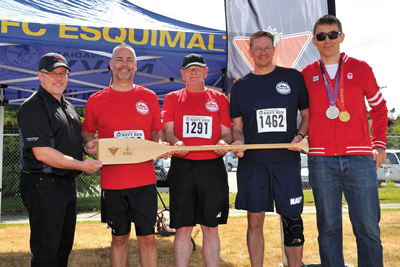
Canadian Tire donates $300,000 in support of military family recreation
[caption id="attachment_10333" align="aligncenter" width="300"] Canadian Tire representative Landon French presented RAdm Bill Truelove with a paddle representing their donation to the CFB Esquimalt PSP Recreation program in support of military families. Joining the Admiral in the presentation were CPO1 Mike Feltham, Capt(N) Steve Waddell and Olympian Malcolm Howard.[/caption]Canadian Tire has donated $300,000 worth of sporting equipment in support of military families.The donation is a component of their longstanding partnership with Canadian Forces Morale and Welfare Services (CFMWS).“We believe in the power of sport to inspire Canadians to spend quality, active time together,” said Landon French, Executive Director of Canadian Tire Jumpstart Charities and Vice-president of Community Relations.“We are honoured to contribute to the military community to help members and their families.”Donated equipment includes over 100 canoes and kayaks, boat safety kits, and personal flotation devices.The donation provides resources to military families that can be used long-term to maintain healthy lifestyles.“I know we all welcome this generous donation,” said Commodore Mark Watson, Director General Morale and Welfare Services. “Sports can help our members stay mentally healthy, while increasing overall unit morale and workplace efficiency.”To celebrate the donation, representatives from Canadian Tire toured six bases this past June, the month designated to be the military’s official recreation month.Representatives enjoyed hot dogs at CFB Petawawa’s family barbeque, helped set up CFB Edmonton’s community garage sale, and cheered on runners at CFB Esquimalt’s Navy Run on June 21, to name a few of the engagements.Helping raise awareness at the Navy Run was professional rower Malcom Howard, who was a 2008 gold medalist at the Bejing Olympics, and silver medalist at the 2012 games in London, England. As a sponsor of the Canadian Olympics, Canadian Tire has supported athletes such as Howard in achieving their goals. Canadian Tire’s partnership with the Canadian Armed Forces seeks...


